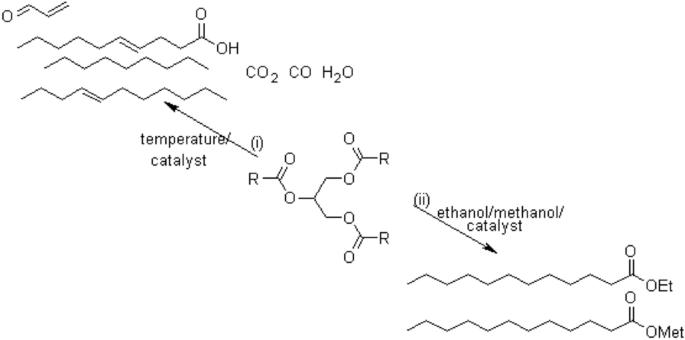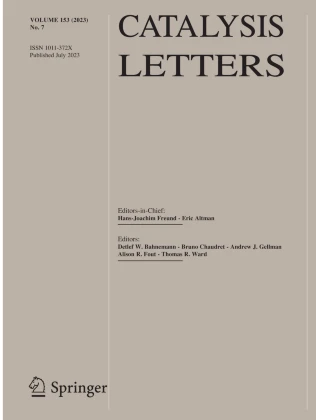Diesel Production by Catalytic Cracking of Castor Oil Using Aluminas and Silicas
Abstract
The purely thermal cracking of castor oil produces a mixture of compounds with unsatisfactory fuel properties, as high viscosity, high acid value and low cetane index. This low quality is associated with high value of oxygenated products in obtained product composition. The aim of this work was to improve the physical–chemical properties of cracking product (pyrolysis) of castor oil using different catalysts, such as silica and silica doped with titanium (IV) oxide, and alumina and alumina doped with zinc(II), tin(II), titanium(IV) and zirconium(IV) oxides. The study of the physical–chemical properties of the castor oil cracking products showed that all these catalysts have activity in the deoxygenating, being the better results reached using pure and doped alumina. We also studied the catalytic activity of laboratory synthesized alumina (pure and as support for Lewis acid metals), commercial silica (Merck) and titanium (IV) oxide supported on silica, in the cracking of castor oil. It was observed that the aluminas showed better activity in the deoxygenating of the products than silicas. This fact can be explained by higher acidity and mesoporous characteristic of the aluminas.
Graphical Abstract


 求助内容:
求助内容: 应助结果提醒方式:
应助结果提醒方式:


